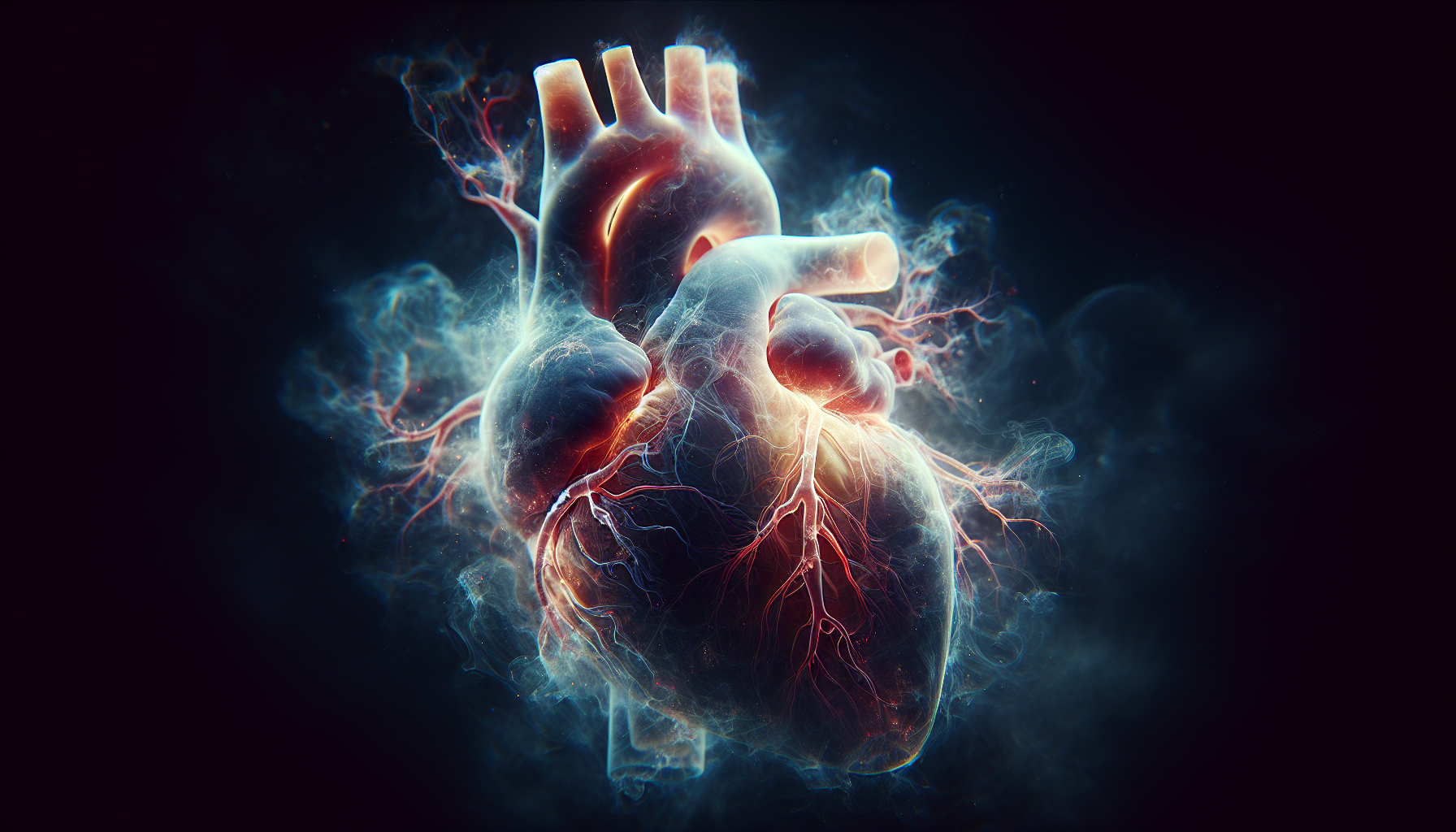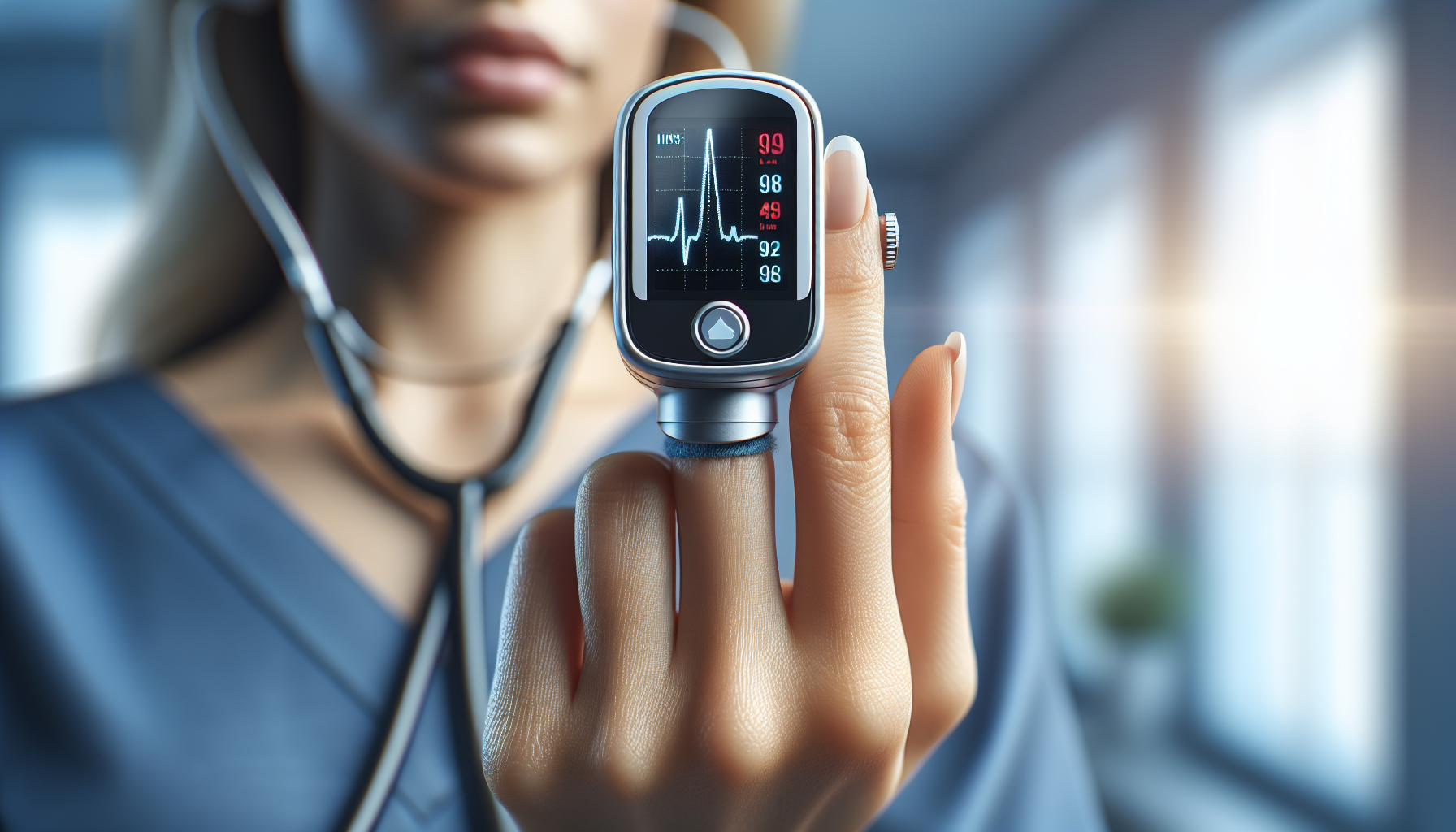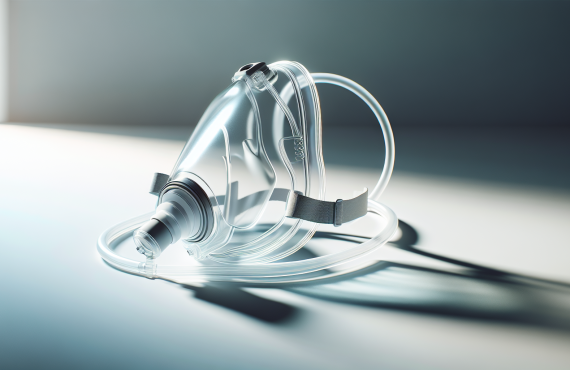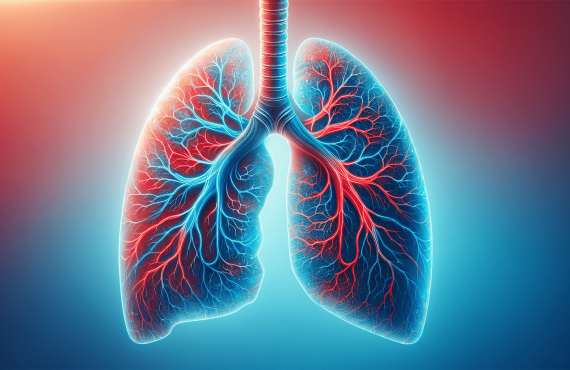Have you ever wondered how a person might act when their oxygen levels drop? It’s more interesting than you might think! When oxygen in the body is low, it’s not just about gasping for air or feeling a little dizzy. Let’s stroll through what happens and how it affects behavior, both physically and mentally.

Table of Contents
Understanding Oxygen Levels
What Does Oxygen Do for the Body?
Oxygen is crucial for survival. It’s like the body’s fuel, helping cells produce energy. Without enough, everything seems to downshift into slow motion. Your body requires oxygen to function properly, carrying nutrients to tissues and keeping systems humming smoothly.
Consequences of Low Oxygen
When oxygen levels drop, symptoms like confusion, fatigue, and even coordination problems can occur. This lack of oxygen is known as hypoxia. It can lead to serious health issues if not addressed promptly. But before we delve deep into the serious stuff, let’s focus on how a person might behave and what signs you can spot.
Physical Symptoms of Low Oxygen
Breathing Changes
First off, breathing changes are noticeable. You might start panting, take rapid breaths, or even find yourself gasping for air. This isn’t just because of physical exertion but because your body is screaming for oxygen.
Color Changes
Observe the color changes in someone’s lips or fingertips. They tend to turn bluish, a medical condition called cyanosis, indicating low levels of oxygen. It’s akin to your body waving a flag saying it’s in trouble.
Altered Heart Rate
Your heart knows when it’s not getting enough oxygen. It might beat faster to compensate or at times, slow down suddenly. An irregular heartbeat can make the heart work harder and may lead to exhaustion quickly.
Mental and Behavioral Changes
Confusion and Dizziness
Oxygen deprivation impacts cognitive functions. People might become confused, easily disoriented, or even forget basic information. Spatial awareness and short-term memory might seem like slippery fish to grasp.
Irritability or Euphoria
Interestingly, low oxygen can either make one irritable or oddly euphoric. You might spot someone laughing at an unfunny situation or getting angry over a minor inconvenience.
Impaired Judgment
Judgment can be severely impaired. You might see risky behavior; decisions are made with little forethought about safety or consequences. It’s like being tipsy on oxygen deprivation!
Poor Coordination and Slurred Speech
Motor skills go haywire. The unsteadiness in walking or slurred speech is sometimes mistaken for other conditions. However, low oxygen could be the simple underlying culprit.
Sleepiness and Fatigue
A hypnotic trance-like state can set in, where the only solution seems to be rest. Fatigue becomes overwhelming, almost like being drawn into the heaviest nap you’ve ever imagined.
The Science of Oxygen in Blood
Understanding Pulse Oximeters
Pulse oximeters help measure blood oxygen levels using light to assess blood color changes. The device clips onto a finger and reads oxygen saturation within seconds. A normal reading ranges from 95% to 100%.
Symptoms that Signal Danger
Readings below 90% could be alarming, indicating a need to seek medical help. Remember those headache-inducing mountain climbs or that drawn-out scuba dive? Those are prime scenarios where this information is crucial.

What Causes Low Oxygen Levels?
Health Conditions and Their Roles
Several health conditions could lead to diminished oxygen levels:
- Asthma: Narrowed airways lead to less oxygen intake.
- COPD: Chronic Obstructive Pulmonary Disease restricts airflow significantly.
- Heart Diseases: Weakening heart muscles make it tough to circulate oxygen-rich blood.
- Anemia: Lowered hemoglobin levels mean less oxygen is carried by blood.
Environmental Factors
Environments with thin air—like high altitudes or poorly ventilated spaces—decrease oxygen availability. These factors can catch you off guard if you are unaware.
Treatment and Prevention
Immediate Responses
If someone is experiencing low oxygen levels, acting swiftly is necessary. Provide fresh air, encourage slow and steady breathing, and seek medical attention promptly if symptoms persist.
Preventive Measures
For chronic issues, managing your underlying condition is key. Regular check-ups, following prescribed treatments, and monitoring with pulse oximeters can save problems down the road.
Hyperbaric Therapy
Hyperbaric therapy involves breathing 100% oxygen in a pressurized chamber. This therapy can dramatically increase oxygen levels in the body, promoting healing and reducing symptoms of hypoxia. It’s like supercharging the bloodstream!
Hyperbaric Therapy: A Closer Look
Definition
Hyperbaric therapy administers oxygen under high pressure, which helps it dissolve more effectively in the blood. This provides relief to cells and tissues starving for oxygen.
Mechanism of Action
The therapy works by enriching the bloodstream with oxygen, which then travels to areas typically starved under normal conditions. It facilitates the growth of new blood vessels and suppresses harmful inflammation processes.
Benefits
Patients with non-healing wounds or infections can especially benefit from hyperbaric therapy. It’s also gaining popularity in treating severe anemia, burns, and certain neurological conditions.
FAQs About Hyperbaric Therapy
1. Can everyone use hyperbaric therapy?
While many benefit, some conditions like certain lung diseases prohibit its use. Always consult a healthcare provider for suitability.
2. How long does each session last?
Sessions can range from one to two hours, depending on the condition being treated.
3. Are there any side effects?
Possible side effects include ear discomfort, claustrophobia, or in rare cases, oxygen toxicity.
4. How many sessions are needed to see results?
Typically, patients might need multiple sessions, sometimes 10-30, depending on the medical advice.
5. Is hyperbaric therapy covered by insurance?
For some conditions, insurance does cover therapy. Verify with your provider.
Professional Care and Support
Introducing Dr. Craig Henry
Dr. Craig Henry in Pensacola, Florida offers chiropractic services that encompass broader health benefits. Whether it’s back or neck pain, Dr. Henry ensures your wellness journey is smooth from start to finish.
Meet Dr. Aaron Hixon
Dr. Aaron Hixon, also in Florida, carries a passion for holistic care. He brings a wealth of knowledge from diverse chiropractic techniques and engages with his community actively, promoting health beyond the clinic.
Conclusion
Low oxygen levels clearly do more than leave you short of breath. They affect behaviors, thoughts, and bodily functions, often begging for immediate intervention. Staying informed and prepared can help navigate these challenging scenarios effectively, ensuring that your body continues to function smoothly, much like a well-oiled machine. Remember, if you’re ever in need of advice or treatment, professionals such as those at Henry Chiropractic are just a call away.
For expert chiropractic care, visit:
Henry Chiropractic
1823 N 9th Ave
Pensacola, FL 32503
(850) 435-7777
Visit Henry Chiropractic’s Website




















